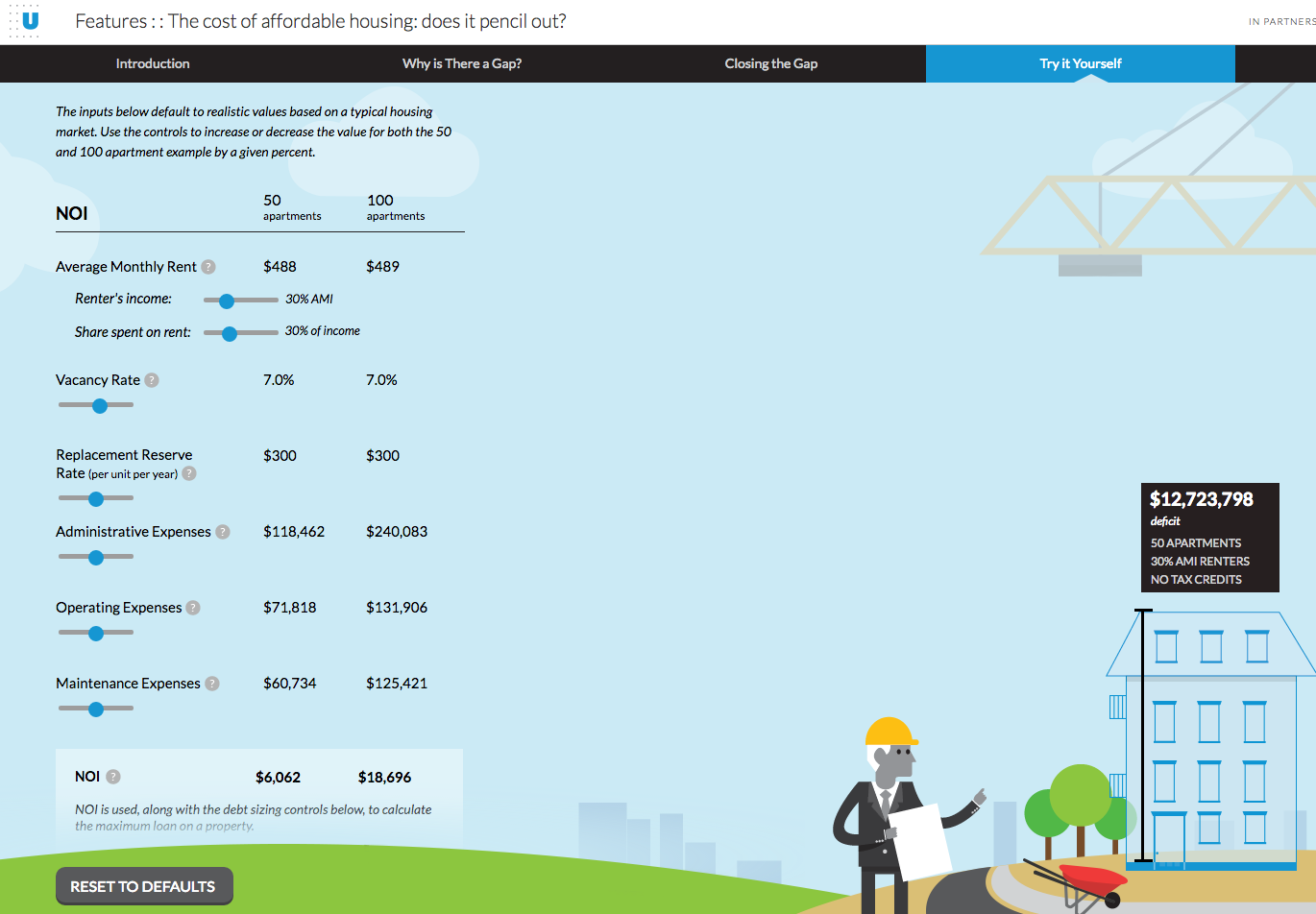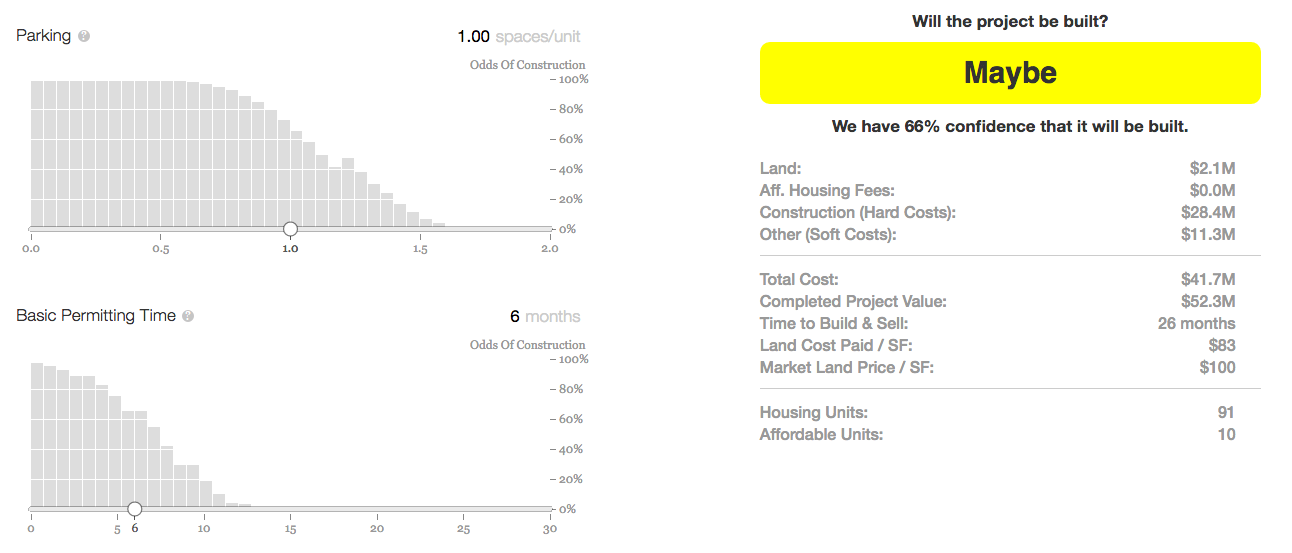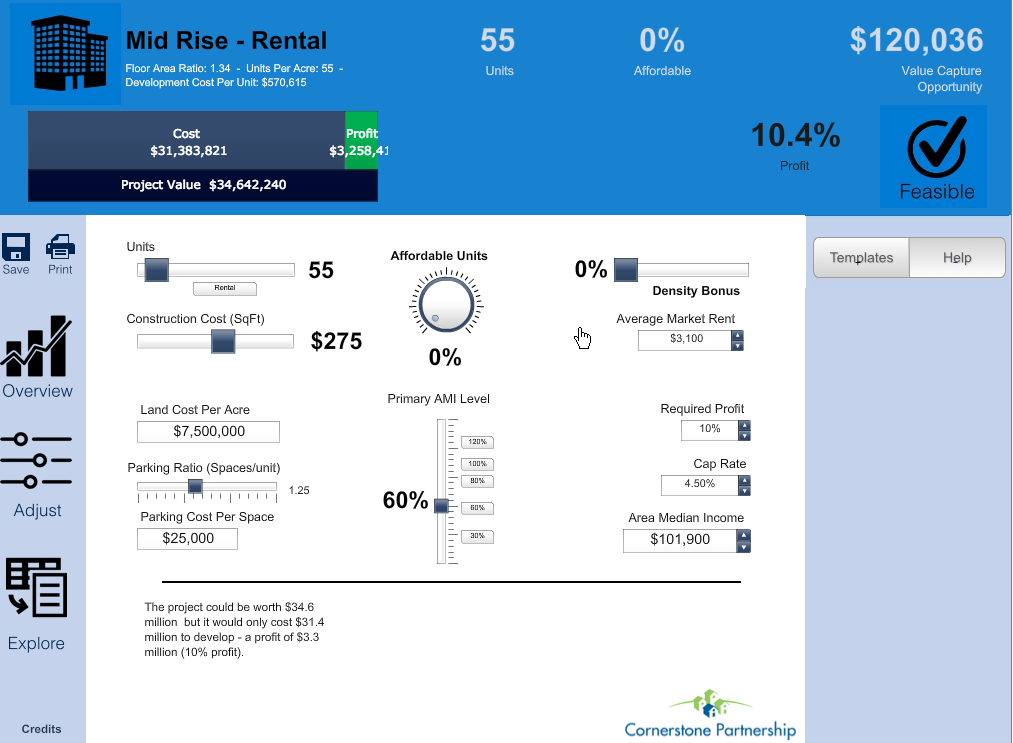Suddenly, we’re awash in calculators. Housing calculators.
If you’re a Baby Boomer, you remember the day you saw your first electronic calculator. It had an electronic display–red or green light-emitting diode segments, usually eight or ten of them that would display numbers, arithmetic operators and a decimal point. They had a few hard-to-press chicklet type keys, but they would add, subtract, multiply and divide with a speed and accuracy that was previously unavailable. Precise math suddenly became easier. (And if you typed in 07734 and turned it upside down it looked like is was saying “hELL0.”)

In the past few months, we’ve seen the advent of a new generation of calculators–housing calculators, aimed at helping us understand the complex dynamics of financing and affording housing. Like the early days of the electronic pocket calculator, there are a lot of competing brands and different designs. Each of these calculators looks at the interplay of different factors that influence the feasibility of building new housing, embracing a range of purely private sector considerations (construction costs, interest rates, rents) and some public policies as well (inclusionary zoning, parking requirements, height limits, planning processes). All are designed as generalized “what if” models, and specifically disclaim their use for investment purposes.
The latest of these is the Urban Institute’s new “Affordable Housing: Does it Pencil Out” website, released today. In theory, these tools ought to give us a clearer picture of the factors influencing housing affordability and how we might make some progress in tackling this problem. Here’s a quick thumbnail of it, and three other examples of the genre.
Urban Institute: Does it Pencil Out?

The Urban Institute’s calculator estimates construction costs and rents for apartments built in Denver, which it characterizes as a fairly typical metropolitan area. You are given the choice of modeling a 50 or 100 unit apartment building, and you can see how varying the level of rent charged and some key development costs (like interest rates, land costs, construction costs, and operating costs) influence the profitability of a proposed development. The site’s key conclusion: It’s very difficult to build housing that’s affordable to anyone below 100 percent of area median incomes without some sort of subsidy.
Terner Center, UC Berkeley: Will Housing be Built

The Terner Center’s calculator takes a slightly different approach than the other calculators presented here, and as its name suggests, offers up its estimates of the probability that a particular housing development will go forward under different assumptions about financing, affordability requirements, rents, construction costs and approval processes. It’s calibrated using data from Oakland California. The Terner Center model has a rich set of controls that let you explore the impacts of varying inclusionary zoning requirements, parking requirements, and uniquely, the impact of a more attenuated approval process.
Cornerstone Partnership: Inclusionary Calculator

Cornerstone Partnership, a housing advocacy network, has created its own tool which lets the user select the number of units to build, construction costs, the cost of land, parking requirements, interest rates and rents, and other variables. The model then estimates the total cost of the project and whether it is profitable. Projects that generate more than a ten percent rate of return for the investor are judged feasible. Unlike the other calculators presented here, you have to register with the website to use this calculator.
Citizen’s Housing and Planning Council (NY): Inside the Rent

This calculator, built for New York City, allows the user to see the factors that influence the rental cost of new apartment construction in different neighborhoods in New York City. Between land, construction, soft costs and financing, new apartments in a mid-rise building in a typical neighborhood have a sticker price of around $500,000; and unsubsidized rents for these newly constructed units run at more than $4,000 a month. A unique feature of this calculator is its effort to estimate the cost of paying prevailing wages for construction and upkeep.
Some thoughts on the state of the art in housing calculators
While billed as calculators or tools, each of these is actually a gussied-up, html-coded quantitative model. Like all models, each is only as good as the assumptions that it’s based on. An ideal model is transparent about what its assumptions are, and enables the user to test those assumptions. But frequently models–especially complex models–make it difficult know exactly which assumptions are driving its conclusions. Different modelers will choose different assumptions–which may be buried deep in a model’s structure–which may unfortunately conceal biases.
These calculators have some similarities: They let you vary key financial parameters, like the price of land, rent levels, interest rates, construction costs, the amount of affordable housing included, and the extent of the public subsidy. They’re particularly useful for exploring the tradeoffs and costs of different policies; parking requirements and construction delays can move an otherwise likely and feasible development into the risky or unprofitable categories.
What’s difficult — and maddening, though not surprising — is how difficult it is to compare the results of the different calculators. They use varying terminology and definitions, and seem to have a wide range of assumptions. They are individually complex, and produce results that are framed differently, so that one can’t easily say how two calculators would appraise a project with the same inputs.
For example, the Urban Institute’s Will it Pencil and Cornerstone’s Inclusionary Calculator seem to produce very different messages about housing affordability. The authors of Cornerstone Partnership model use it to support their claim that developers can profitably build additional units of affordable housing with modest or no subsidies while remaining profitable. CityLab summarized the model’s conclusions as: “A new tool shows that developers can profit by building affordable housing almost anywhere.” In contrast, the authors of the Urban Institute’s model essentially say that it’s unprofitable to build any amount of affordable housing without substantial subsidies. They say: “Without the help of too-scarce government subsidies for creating, preserving, and operating affordable apartments, building these homes is often impossible.” It’s not immediately apparent from looking at the two calculators which of these conclusions is the most accurate.
What’s needed here, is a kind of Consumer’s Guide to housing calculators. It would be useful, for example, if we had a standardized “benchmark” development: a certain number of units, and certain land cost, rent level and other parameters, than could be plugged into each model, and then we could see what kind of outputs each model produced for the same development.
The best that can be said at this point is that while the calculators we have don’t definitively answer the question, they do a good job of framing the variables that we need to pay attention to in discussing affordability. They’re also helpful in exploring the tradeoffs between policy objectives, for example, how increased parking requirements or longer approval processes lower the likelihood that housing projects will move forward. These calculators are in their infancy–two of them are self-described “betas”–and we hope that the people who’ve built them continue to develop and refine them, and research and debate the assumptions on which they’re based.
